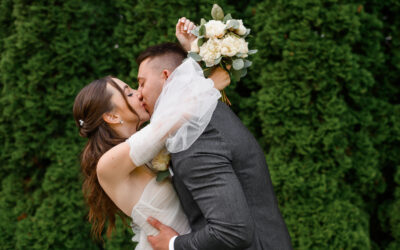The financial responsibilities in a wedding vary widely depending on cultural norms, personal preferences, and agreements between the couple and their families. Traditionally, certain expenses are covered by specific parties, but modern weddings often involve more flexibility and shared financial burdens. Here’s a general breakdown:
Bride’s Family:
– Ceremony and reception venue rental
– Wedding attire for the bride
– Floral arrangements (bouquets, corsages, etc.)
– Decorations for the ceremony and reception
– Invitations, stationery, and postage
– Photography and videography
– Wedding planner or coordinator fees
– Wedding cake
– Transportation for the bridal party
– Music or entertainment
– Rehearsal dinner
Groom’s Family:
– Rehearsal dinner
– Marriage license
– Officiant’s fee
– Accommodations for out-of-town guests
– Wedding attire for the groom
– Wedding rings for the bride and groom
Couple (Bride and Groom):
– Engagement and wedding rings
– Bride’s wedding attire (if not covered by bride’s family)
– Groom’s wedding attire (if not covered by groom’s family)
– Wedding gifts for the bridal party
– Favors for wedding guests
– Honeymoon expenses
– Any additional expenses not covered by either family
As stated, these responsibilities should be agreed to before the wedding planning begins. It’s important for the couple and both families to discuss and agree upon who will cover which expenses early in the wedding planning process to avoid misunderstandings and conflicts and stress later on.
In today’s world, some couples choose to cover all expenses themselves or split the costs evenly between both families and themselves. Ultimately, the distribution of financial responsibilities should reflect the preferences and financial capabilities of those involved.




